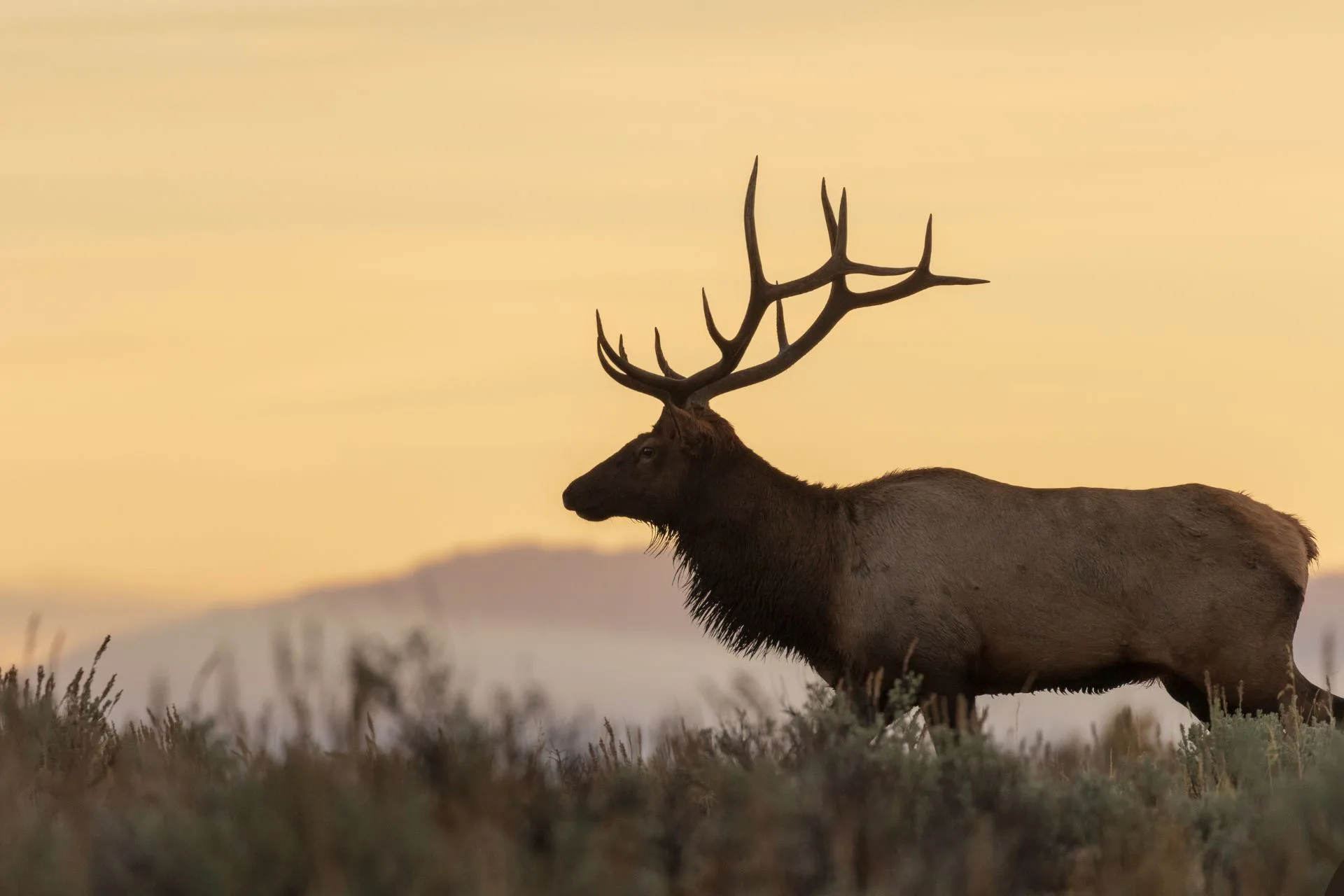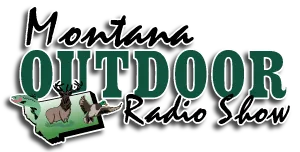Archery season is usually a great time to venture after an elk. Later gun season hunts can mean bad weather and early elk migrations onto lower elevation private lands. It’s been a few years since I have been physically able to bow hunt, but I gave it a try.
I do not want to be the crybaby, or the boy that cried wolf but, there seems to be less opportunity for the average Montanan to hunt elk. There also seems to be fewer public access elk to hunt.
If you want big bucks/bulls, you can buy big antlers, but that is not the same as elk and deer hunting once was or should be. If you are hunting for food, good luck. Your best opportunity will be in shoulder hunting season, later in December and January when nuisance cow elk are feeding on cattle herder hay piles, and grass. Cow elk will become available for harvest. In some areas, they are a bargain at just a few thousand dollars per animal. Keep in mind that you are getting a 2 for 1 value since most cow elk are pregnant.
The Gravellies have been one of my favorite hunting spots. It seems that it has become everyone else’s. Every campsite was full of ORV toy haulers and huge fifth wheels. Most were out of staters. The Standard Creek Road, which goes from the West Fork of the Madison area to Alder/Ruby River is full. I did not find a single open campsite. Many campers were set up for the long haul.
During my recent several hunt I saw no rubs, tracks, sign or evidence of elk. The freshest rub was maybe 3-4 years old. I heard 2 bugles, both on private protected land. Most people would not even know what it was. The only scat I saw were wolves, coyotes, and bears. All had elk hair in it. NO fresh elk scat.
The area I hunted had been a reliable spot to hear elk bugling. I heard none. When I called, I was answered by 3 other elk hunter groups and a grouse hunter from Tennessee with his dog Ranger. All were from out of state and polite, but I was the only elk that they heard. They complimented me on calling.
Why are there less elk? The reintroduction of wolves has certainly added mortality. Grizzly bear protections mean more predation. Increased populations of coyotes mean fewer elk. Earlier season hunting pressure from many out of state hunters is more pressure. Predators need to eat every day. If there are 1,000 grizzly bears, wolves, lions, how many elk are consumed annually?
When wolves were reintroduced to the Yellowstone Ecosystem, environmentalists were thrilled. Nature knows best. Hunters were not thrilled. The reintroduction sacrificed the Yellowstone northern elk herd which was reduced by over 10,000 elk in a short time. The once popular Gardiner hunts, where public access and liberal permits were allowed for the average hunter, dried up.
Poachers have been on the increase. Trophy bucks and bulls are targeted. Many of these poachers are out of staters but are often in cahoots with some local connections. The FWP just closed a case on 6 poachers from the Roundup area, and Washington state. These thieves stole trophy bucks and bull elk from the public lands. 34 counts of charges have been applied to these crooks. The case involved the past 4 years. Many trophy critter mounts were confiscated. These trophies could have been legally tagged by average Montana hunters.
Elk hunting is wonderful on private watershed land. Outfitters and guides are thriving. You can drive out in a truck and tag out on elk that are feeding on hay piles. Not sporting but just how it is. Special tags are hard to come by. Huge areas of public access for elk hunting have burned up in forest fires, other areas have undergone logging. No elk will return for a generation or so. Hunters are compressed onto smaller parcels of lands.
Elk also carries Brucellosis and can be infected with CWD. What might happen when this disease is blamed for infections to domestic livestock? Right now, Bison carry the blame and are restricted and culled. Elk mix into the domestic herds as well. Landowners use public elk, which migrate onto their land for fee hunting. It usually ends up around $1,000 per antler tine. $12,000-$20,000 is a great profit.
Neighboring states are seeing the pressure. Idaho, Utah, Arizona, and Wyoming are all being influenced as to how they release out of state tags. This new travelling breed of trophy hunters wants to tag out in several states during the same season.
The Rocky Mountain Elk Foundation uses its funds for winter grazing but very little funding opens up land for the average hunter. Public lands have become overwhelmed with more hunters and natural predators. Habitat destruction from new homes, private land sales, land transfers, has reduced available hunting. Over half of Montana’s public lands have no public access. That’s millions of acres where we used to be able to hunt.
Hunters now have access to better gear, weapons, calls, technology, and maps. This gives hunters more of an edge. Over a dozen wheelers travelled down the roads where I was hunting. These wheelers are now side by sides, with heaters, and other luxuries that we never had back in the day. Bows shoot over 300 fps and have sites to improve accuracy. Calls have become more realistic and easier to use. The poor elk don’t have a chance.
Hunting has changed in Montana. It looks like I need to change too.
Montana Grant
Photo credit: twildlife from Getty Images Pro



